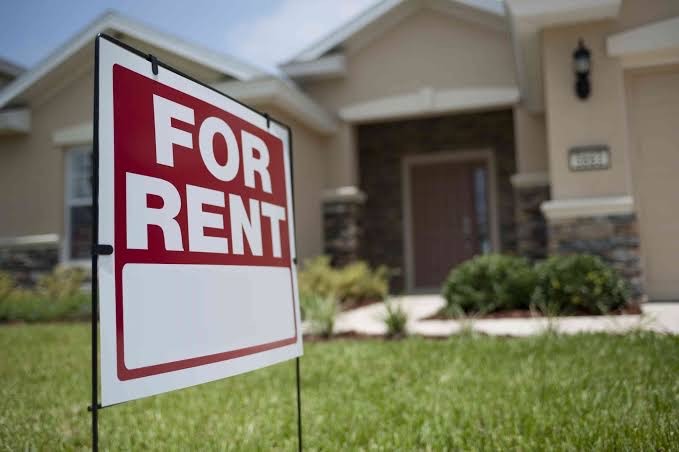Homeownership is one of the most significant purchases you can make. Suppose you consider buying a second house for enjoyment or prospective rental income. In that case, you should think about it carefully, especially in terms of your budget and long-term financial goals.
Investing in a second rental property can be profitable but fraught with financial complexities. No matter what experience you have in real estate investing, recognizing the importance of financial consideration is critical for making an informed selection.
You must be mentally and financially prepared for the long-term responsibilities that come with owning a second home, including unexpected and potentially costly maintenance repairs, taxes, and the inevitable nuances of having renters. Whether you are a seasoned investor or a novice in the industry, this post is for you. In this article, we will look at the top three financial considerations to keep in mind before investing in a second rental property.
Top 3 Financial Considerations for Buying a Second Rental Home
-
Budgeting
Budget and affordability are two of the most important financial factors to consider when exploring the possibility of buying a second rental property. It is crucial to thoroughly evaluate your financial situation before making this significant purchase. Calculate all prospective costs, including not only the purchase price of the property but also ongoing costs like upkeep, insurance, and potential renovations. You may avoid stretching your financial resources too far by being thoroughly aware of these expenses. Bay Property Management Group in Northern Virginia can offer comprehensive guidance on increasing rental cash flow.
Furthermore, budgeting allows you to set realistic expectations for your return on investment. It’s critical to account for potential vacancies and anticipate your expected rental income. This evaluation aids in establishing the profitability of the investment and developing a long-term financial plan.
Maintaining a solid financial cushion is also critical. Unexpected expenses or market fluctuations may occur, and keeping adequate reserves helps protect you from financial strain.
-
Financing Options and Interest Rates
When buying a second rental property, one of the most important financial factors is researching financing alternatives and understanding current interest rates. Navigating this matter efficiently can have a significant impact on the overall profitability and sustainability of your business.
First, investigate the various financing options available to you. These can include conventional loans, FHA loans, or even leveraging existing home equity through a home equity line of credit (HELOC). Each option has its own set of terms, down payment requirements, and eligibility requirements. By carefully weighing your options, you can ensure that you choose the financing option that best fits your financial situation and investing goals.
Also, pay close attention to interest rates. Your mortgage payments and, ultimately, your property’s cash flow are directly impacted by the interest rate at which you borrow money. Your long-term financial commitments might change significantly depending on even small changes in interest rates. By being educated about current interest rate patterns, you can strategically time your investment and possibly achieve a lower borrowing rate.
Understanding your financing options and keeping a close eye on interest rate changes are essential when buying a second rental property. You may maximize your investment’s financial viability and raise your chances of long-term success by making informed decisions in these areas.
-
Rental Income and Market Analysis
A thorough review of rental income and market dynamics is among the top three crucial financial factors when buying a second rental property. This evaluation offers valuable data on your business’s possible viability and sustainability.
The key is to understand the dynamics of the local rental market. To estimate the potential income, look at rental rates for nearby, comparable homes. Setting attractive rental rates that draw tenants while ensuring a consistent cash flow is made easier with the help of this analysis.
Investigate the economic factors influencing the area as well. To evaluate the demand for rental homes, examine job growth, demographic trends, and amenities. A vibrant labor market and enticing amenities frequently result in continuous tenant interest and reduced vacancy.
A thorough market study provides insight into the property’s potential for growth. Analyze previous pricing trends to forecast the property’s future value. This aids in determining the overall return on investment and long-term benefits.
You can steer your investment decisions by completing a detailed rental income and market analysis. This proactive approach maximizes rental income while minimizing risk and positioning you for success in the competitive real estate sector.
Other Ways to Diversify Your Real Estate Portfolio
-
Real Estate Investment Trusts (REITs)
REITs (Real Estate Investment Trusts) are an excellent strategy to diversify your real estate portfolio. REITs are publicly traded companies that own, operate, or finance real estate assets that generate income. By investing in REITs, you can acquire exposure to diverse property types, such as residential, commercial, retail, and industrial buildings.
REITs are an appealing alternative for investors seeking passive income and portfolio diversity because they frequently provide steady dividends and have the potential for capital appreciation. Remember that REITs are subject to market risks, so you should thoroughly evaluate their performance, management, and underlying assets before investing.
-
Joint venture diversification
This is when two people decide to buy an investment property together. A joint venture agreement might help you diversify your portfolio. There are typically two types of investors in a joint venture: active and money partners.
- Money Partner: A money partner provides funds for any form of purchase, from a down payment to a full payment.
- Active Partner: The active partner is responsible for all maintenance and property management.
-
Diversifying By Strategy And Holding Time
Changing your investment approach and holding duration is another wonderful method to diversify your portfolio. While one rental property may be a good buy-and-hold, another may better suit the BR plan (buy, renovate, rent, refinance, repeat). Diversifying by investment method, even within the same geographical market, may be an effective technique to protect against a downturn.
Regarding hold time, you may have a shorter time horizon on specific characteristics and expect to sell in a year or two, owing to market conditions or your investing strategy for such properties. For additional properties, perhaps you have an extended time frame and intend to hold them for many years or even pass them down to the next generation.
Conclusion
Acquiring a second home can be a dangerous investment, so careful thought is required before making such a financial commitment. Many people wrongly believe that buying a second home is a safe bet without considering the numerous economic and lifestyle factors that must be considered before putting the puzzle together.
While you may be able to pay the preliminary costs of having a second property on paper, keep in mind the long-term financial duties and how such obligations may affect your overall financial picture.










